Last Updated on January 19, 2024 by winus426
The sport of volleyball is played by millions of people around the world, regardless of their age or skill level. Whatever your level of play, having the right equipment can make all the difference. Throughout this post, we will look at the top 8 volleyball brands in the world, based on their quality and performance.
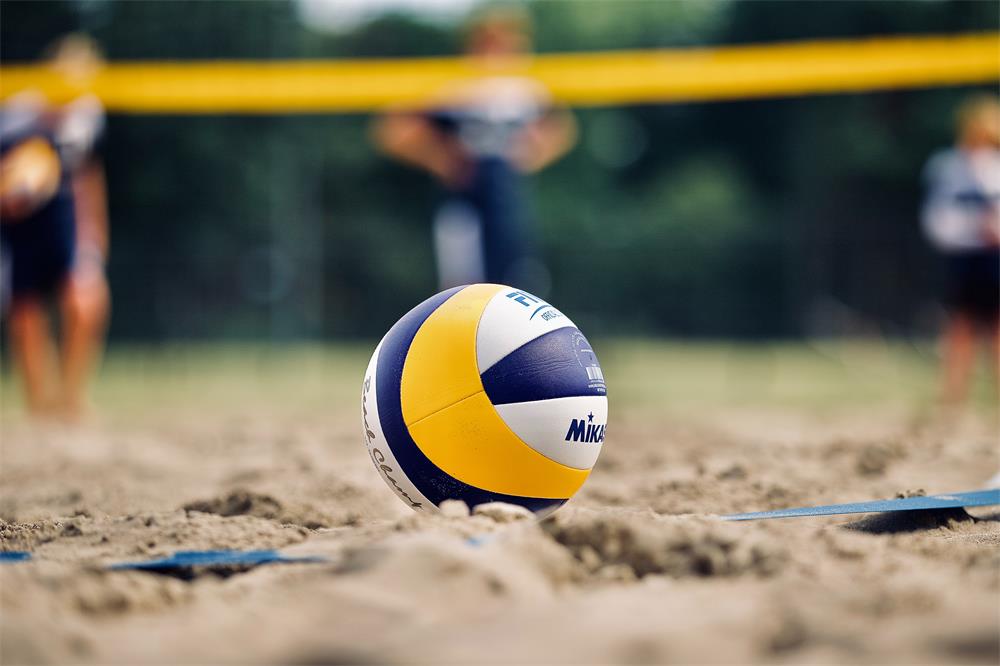
1. MIKASA
- Year established: 1917
- Website: mikasasports.co.jp
It is a well-known volleyball brand in Japan that provides high-quality volleyball, beach volleyball, water polo, and other products. It is a leading supplier of high-quality sports equipment worldwide The MIKASA volleyball brand has always been talked about by professionals and amateurs alike. If you have used MIKASA before, switching to another brand could be uncomfortable.
MIKASA introduced its subversive design at the 2008 Olympic Games: its traditional 18-piece design was changed to eight panels, with more than 8,400 concave points on the surface. It feels delicate and looks as beautiful as a windmill, spins at medium and high speeds like a whirlwind, and is called the ‘Olympic whirlwind’.
As MIKASA’s founder in 1917 put forward, “Sports belong to every citizen”, MIKASA has always provided high-quality athlete products based on this philosophy. It is an enterprise that provides top-quality equipment for a majority of ball game enthusiasts since the beginning of mechanical hand-manufacturing at the Hiroshima MIKASA factory, followed by continuous technological development in volleyball, football, basketball, handball, and water polo.
As part of its Olympic tradition, Mikasa has been appointed as the official game ball for the 2008 Beijing Olympics. Its indoor volleyball, beach volleyball, water polo, and handball balls are used worldwide in many sports competitions, including the Olympics. MIKASA also offers a wide range of high-quality game balls for basketball, volleyball, soccer, water polo, and handball.
Founded in May 1975, Japan MIKASA Co., Ltd. has continually applied advanced science and technology to the ball with a scientific, rigorous attitude and an international vision. It is sold in 217 countries and regions around the world and is recognized by most athletes.
2. Li-Ning
- Year established: 2008
- Website: www.lining.com
Li-Ning is a brand of professional sports products developed for professional athletes and amateur sports enthusiasts, focusing on research and development, production, and sales of high-quality, high-performance professional sports equipment for competitions and auxiliary equipment for training.
There are several categories of Li-Ning professional sports equipment products in the Li-Ning brand system. They include ball games (football, basketball, volleyball, tennis) competition and training equipment; competitive sports (track and field, fencing, wrestling, boxing, martial arts, water sports, taekwondo, archery, weightlifting, bicycle).
Sports equipment designed and manufactured by Li-Ning adheres to its core strategy and mission, focuses on product innovation and brand promotion, realizes differentiated competition; focuses on the essence of sports, and uses sports to inspire people’s desire and strength.
The Li-Ning professional sports equipment project has Li-Ning brand marketing resources and extensive cooperation with national professional and amateur sports events.
3. DHS
- Year established: 1959
- Website: www.dhs-sports.com
With a strong international presence, primarily engaged in table tennis, badminton, and weightlifting equipment, specializing in sports protective gear, shoes and clothing, small fitness equipment, and venue equipment.
The genes of “events” and “athletes” have run through Double Happiness’ entire history, making it one of the most influential sports brands in China. In addition to covering almost all major table tennis events, Double Happiness also covers the three Grand Slams: World Table Tennis Championships, World Cup, and Olympic Games. Table tennis tables or balls by Double Happiness are used in international events such as the International Table Tennis Federation Professional Tour, Asian Cup, and other intercontinental competitions.
The Double Happiness brand also has a long history and honor in weightlifting. Since 1985, it has been the official competition equipment for two World Weightlifting Championships. Other intercontinental weightlifting championships include Asia, Africa, America, and Beijing 2008.
After entering badminton in 2003, the Double Happiness 101 shuttlecock was approved for use in professional competitions by the International Badminton Federation (IBF). Since 2005, Double Happiness has successively become an equipment supplier for major badminton events such as the Masters and the China Open.
4. Star
- Year established: 1965
- Website: starsports.co.kr
The company was founded in 1965 in South Korea as a foreign-invested manufacturer of sport-related equipment including football shoes, sports protective gear, tennis rackets, sports socks, sports bags, and sports clothing.
Star Volleyball offers a wide range of products, including indoor volleyball, beach volleyball, soft volleyball, and air volleyball. The company mainly produces mid-to-high-priced volleyballs, which are usually stitched by hand. The leather is primarily fiber leather, and latex liners cover the majority of the balls. As compared with Molten, Star has slightly less technological innovation, and there is a significant difference in the selection of inner bladder material. Molten uses mostly butyl liners, whereas Star prefers latex liners. Butyl liners are not as flexible or airtight as latex liners. Most Molten balls use butyl liners, while Star Balls use latex liners. In general, butyl liners are less flexible than latex liners, while latex liners are not as airtight as butyl liners. Consumers can choose according to their preferences.
The most popular Indoor Volleyball from Star is the VB225-34S, VB215-34, and VB315-34. All of these balls are certified by KFA. Among them, the VB225-34S is a ball recognized by FIVB. The outer shell is made from super fiber leather and synthetic leather, and the inner liner is made from nylon short silk, natural latex, and synthetic rubber. VB315-34 is made from microfiber leather, which is soft to the touch. Its surface is designed with fine dimples. However, the material is not as good as VB225-34S, which is why the price is slightly lower.
5. Molten
- Year established: 1958
- Website: moltenusa.com
With its slogan “for the real game”, Molten has consistently promoted itself through volleyball games for more than half a century, achieving an annual production of 7.5 million pieces with a 10% market share worldwide.
As a Japanese brand, Molten is known for its innovative technology and excellent craftsmanship. Molten’s volleyballs are similar to MIKASA, with a wide variety of products and a comprehensive product line, but the quality of the ball is soft and difficult to grasp. In indoor volleyball, there are four main ball categories: elite game balls, game balls, training balls, and entertainment balls. In beach volleyball, there are two types of balls: elite game balls and entertainment balls.
Indoor elite game balls have been certified by FIVB, NFHS, NCAA, and other associations. Several top volleyballs are equipped with Molten’s FLISTATEC technology, which uses hexagonal protrusions on the leather surface to stabilize the flight trajectory of the ball and reduce the problem of unstable serve placement. It is priced between US$80 and US$85. Other volleyballs in this series are made of high-quality Japanese leather, and the Uni-bladder cotton-wrapped structure ensures durability without sacrificing softness.
These indoor game balls are L2 series, certified by the NFHS. They are covered with microfiber composite material and wrapped in cotton. They are half the price of elite balls due to their skin material. Training balls in Molten aren’t many, only a few types made of PU and butyl, without FLISTATEC technology, suitable for training.
There are two types of Molten beach volleyball balls: elite competition balls and entertainment balls. Like Mikasa, Molten is not good at this. Only the V5B5000 is FIVB certified. The PU shell structure adds excellent grip and durability, has low water absorption, and is not afraid of wet environments. It is available for $69.98 from the official website.
Volleyball No. 4 and soft volleyball are suitable for teenagers, seniors, and children.
6. Tachikara
- Year established: 1915
- Website: www.tachikara.com
Japanese volleyball manufacturer Tachikara has been producing high-quality products for over a century. In 1915, the company was founded and has since become a household name in the volleyball world. Thanks to their excellent grip, softness, and long-lasting durability, Tachikara volleyballs are popular among players of all ages and skill levels.
Tachikara offers a wide selection of volleyball models to meet specific needs and preferences. Tachikara’s SV5W Gold volleyball is one of its most popular models. A unique 18-panel, hand-sewn construction provides exceptional ball control and a consistent, stable flight path. Thanks to its full-grain leather cover and butyl rubber bladder, the Tachikara SV5W Gold also excels in terms of grip and softness. Many professional and amateur volleyball players choose this model and use it in numerous international competitions, such as the Olympics, the FIVB World Championships, and the NCAA Championships. Furthermore, the ball has received numerous awards and recognitions for its exceptional quality and performance. As the official game ball of the 2017 AAU National Championships, the Tachikara SV5W Gold further cements its status as a top-of-the-line volleyball.
Tachikara’s SV-18S ball is another popular indoor volleyball model with a soft, microfiber composite cover that provides excellent grip and control. Additionally, the Tachikara SV-18S has a butyl bladder that ensures long-lasting performance by maintaining its shape and bounces over time. For players who prioritize ball control and accuracy, this volleyball model is an excellent choice.
Tachikara’s SV5WM is popular for outdoor play. Soft, synthetic leather covers provide excellent grip and durability, making them appropriate for outdoor use. SV5WMs also feature a butyl bladder that ensures consistent performance and shape over time.
Tachikara offers volleyball models at different price points to meet the needs of any budget. SV5W Gold, one of Tachikara’s premium volleyball models, sells for around $70-$80. Both Tachikara SV-18S and SV5WM volleyball models are excellent volleyball models but cost slightly less than the SV5W Gold.
7. Wilson
- Year established: 1913
- Website: www.wilson.com/en-us/volleyball
Wilson is not just well-known in the world of basketball, but also in the world of volleyball.
The Wilson volleyball brand has the largest market share in North America, and the beach volleyball market share exceeds 90%. This is the designated ball for the American Professional Volleyball Association, the National Volleyball Championship, the American Volleyball Coaches Association, and the Chicago Sports and Social Club. There is no doubt that Wilson has a somewhat “partial” approach to beach volleyball when compared with MIKASA. No matter how you look at it, Wilson places a higher priority on quantity and quality than MIKASA.
As a matter of fact, Wilson’s volleyball became famous due to the movie Cast Away starring Tom Hanks. Wilson also designed a beach volleyball CAST AWAY inspired by the handprints in the film. This volleyball is coated with high-quality synthetic leather, which is durable, and it has a butyl rubber bladder to prevent leakage. There are presently two types available, skinned and stitched. The skinned model is made of microfiber leather, which is better than the synthetic leather on the stitched model and is slightly more expensive.
Wilson beach volleyballs use 18 panels of stitching and butyl rubber bladder, making them more durable and more suited for beach play. Both the first AVP game volleyball and NCAA beach championship volleyball are hand-stitched. The added structure layer helps to maintain the roundness of the ball. A high-quality microfiber skin makes the volleyball less susceptible to dirt and moisture. The price of two volleyballs is 64.99 dollars. AVP volleyball games will also launch New York AVP, Chicago AVP, Manhattan Beach AVP, etc. according to the venue of the game. The balls are printed with landmarks from all over the world and cost 80 dollars.
I-Cor Ranger volleyball is offered by Wilson Indoor Volleyball, which is also used outdoors. There are two models: I-Cor POWER TOUCH and I-Cor HIGH PERFORMANCE with latex lining and V-Tec seaming technology. There is only one difference between the two, the former uses Japanese full-grain leather, which is more durable, and is priced at $64.99. The latter is made of microfiber composite leather.
8. Train
- Year established: 1992
- Website: www.sts-subec.com
With its long history focusing on the research and development of various sports balls, the company’s basketball, volleyball, football, and other series products are well-known for their durability and cost-effectiveness in the market.
The company owns the “Youneng Train” brand and has been making balls for more than 70 years. Its production volume, export volume, and domestic market share have always been among the top in the country. Its professional craftsmanship, strict management, and excellent reputation make it an ideal partner for the world’s major sporting goods companies to develop OEM production, and it can be called “the world of balls”.
The company consistently launches high-quality and low-cost products to meet the demands of different consumption levels, which are well-received and praised by ball game lovers and schools. The company will keep working hard, thinking about what customers think, being anxious about what customers are eager about, ensuring quality, ensuring market demands, and actively doing an excellent job in after-sales service.
FAQs:
Which is better, Mikasa or Molten?
There is no objective way to determine which brand is better Mikasa and Molten. Among volleyball players, both brands are well-known and respected. Mikasa may appeal to some players due to its superior grip and durability, while Molten may appeal to others due to its softer touch and responsiveness. Individual playing styles and preferences ultimately determine this.
What types of volleyballs are there?
There are different kinds of volleyballs designed for different purposes. Indoor volleyball and outdoor volleyball are the most common types. Typically, indoor volleyballs have a smoother surface and are intended for use on indoor courts. Outdoor volleyball, on the other hand, is designed to handle rougher surfaces and varying weather conditions.
What are official volleyball?
The International Volleyball Federation (FIVB) and national volleyball associations set standardized regulations and requirements for official volleyball. The volleyballs used in official matches and tournaments must comply with these regulations in order to maintain consistency and fairness.
It is typical for official volleyballs to adhere to specific standards regarding size, weight, material, and construction. The FIVB, for instance, specifies that volleyballs used for women’s play must have a circumference of 65 to 67 centimeters (25.6 to 26.4 inches) and a weight of 260 to 280 grams (9.2 to 9.9 ounces). The specifications of men’s volleyballs are slightly different.
Volleyballs manufactured by reputable brands are approved for official use. Mikasa, Molten, Wilson, and Tachikara are among the companies known for producing official volleyballs. The volleyballs made by these brands meet the required standards and provide high-quality performance suitable for competitive use.
What are some ways to improve vertical jumping in volleyball?
Volleyball players can improve their vertical jump in several ways. The following are some effective methods:
Strength and Power Training: Include exercises that target jumping muscles, such as squats, lunges, calf raises, and plyometrics. Jumping ability can be significantly improved by building leg and core strength.
Plyometric Exercises: Plyometrics enhance muscle power and quickness through explosive movements. Box jumps, depth jumps, and jumping lunges are examples. The purpose of these exercises is to train your muscles to generate maximum force within a short period of time.
Jump Training: Improve your jumping technique by practicing specific jump drills, such as approach jumps and block jumps. Practice explosive takeoffs, proper arm swings, and quick footwork.
Resistance Training: Jumping exercises can be made more challenging by adding resistance bands or ankle weights. It enhances power development and strengthens the muscles involved in jumping.
Core Stability: Jumping requires a strong and stable core to generate power. Strengthen your core muscles by doing exercises like planks, Russian twists, and medicine ball rotations.
Flexibility and Mobility: You should maintain good flexibility and mobility in your hips, ankles, and calves. It allows you to jump farther and generate more power. Flexibility can be improved by stretching exercises and dynamic warm-ups.
Proper Technique: The jumping technique should include a coordinated arm swing, explosive leg drive, and correct body positioning. Identify any areas for improvement and refine your technique with a coach or experienced player.
Rest and Recovery: Make sure your body has enough time to recover between training sessions. By getting enough rest, you can prevent fatigue and reduce the risk of injuries, allowing your muscles to adapt and become stronger.

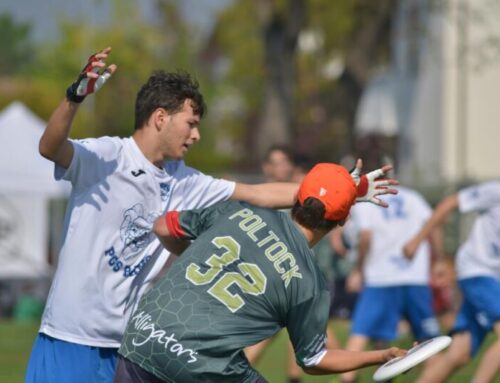
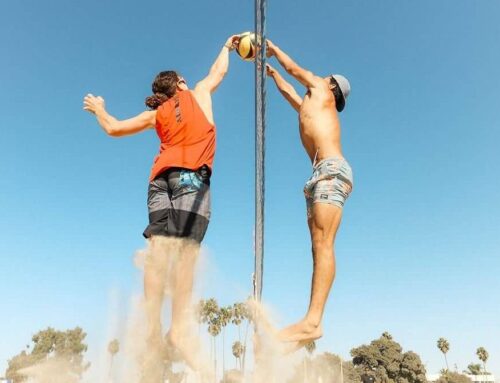
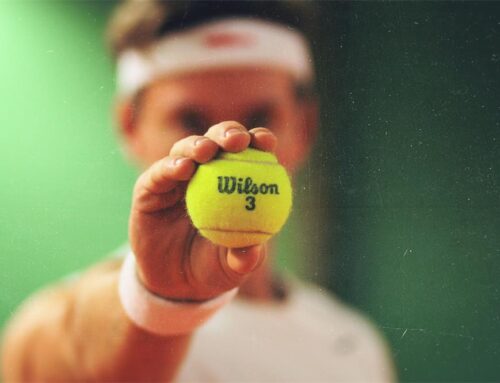
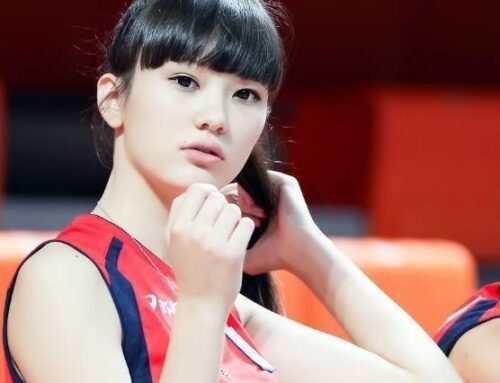
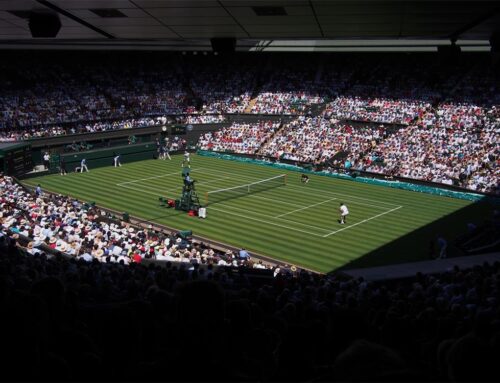
Leave A Comment